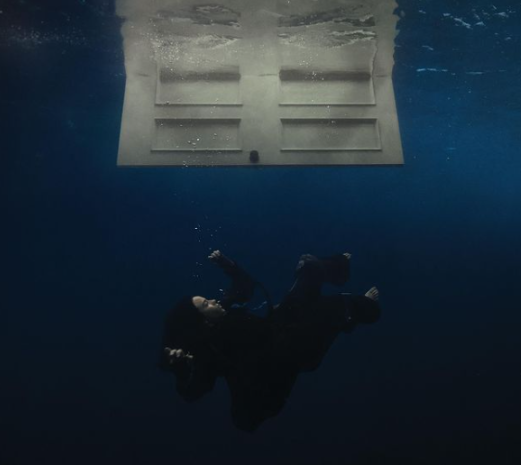The Maryland State Board of Education is currently considering a proposal that would mandate that a final decision regarding recommendation for expulsion be made within 10 days of a student’s removal from school. After the school superintendent makes the decision, the student may be allowed to return to his or her school, be forced to transfer to another county school, or consider educational options outside of the county school system.
When a student is recommended for expulsion in Montgomery County, he or she is initially suspended for 10 days, but he or she must then stay out of school until the MCPS superintendent makes a decision. The Board of Education’s policy states that students who create bomb threats, possess drugs or alcohol with the intent to distribute, violently attack a student or staff member or bring weapons to school must be recommended for expulsion, although students can be recommended for expulsion for other reasons as well.
“We know that students make errors, but there needs to be an investigation and fast review of it and a determination of what that student’s educational future looks like,” Principal Joan Benz said.
According to Wayne Whigham, director of the MCPS Appeals and Transfer Team, it can take three to four weeks from the time that a student commits a disciplinary infraction until the superintendent decides whether the student can return to school.
“If you can render an accurate decision, of course you want to do a faster decision if you can, but you don’t want to expedite a decision that could be a detriment to the student,” Whigham said. “We would certainly be open to looking at ways to streamline the process, to see if there are ways to make the process faster, but faster doesn’t mean better.”
James DeGraffenreidt, president of the Maryland State Board of Education, declined to comment as the proposal to speed up the disciplinary process is currently pending.
According to Whigham, each of Maryland’s 24 school systems is looking into whether it can complete the disciplinary decision-making process within 10 days. This is easier for small school systems than large school systems because the superintendents of small school systems do not see as many recommendations for expulsion as those of large school systems.
“The whole idea is to be deliberate and thorough,” Whigham said. “If you make the process faster, I think there may be some times where we would do a pretty good job of coming to a decision that would be fair, and sometimes we would not.”
While a student waits to hear the consequences for his or her disciplinary infraction, he or she must make up all of the work missed in school.
“A suspension is not supposed to affect the grade or their ability to make the work up,” Benz said.
According to Benz, when a student is suspended from school, the student’s teachers can leave work for him or her in the main office, and a parent, sibling or friend of the student can pick it up.
CHS student Sam, who requested that his or her name, gender and grade level remain anonymous, was recommended for expulsion last year after being caught with drugs and alcohol on school property. Sam was suspended from school for 10 days before being allowed to return to CHS.
“I know that the process was capable of going a lot longer,” Sam said. “It was stressful those ten days not to know.”
Sam worked on assigned schoolwork for six hours each day with a tutor at a county-run program.
“It was very hard to keep up with the work because I had to teach myself a lot of the subjects,” Sam said.
Ultimately, educators are looking to develop a disciplinary decision-making process that is efficient but fair.
“I think thorough investigations produce better results,” Whigham said. “If that takes a little bit longer, that is not a bad thing to me.”







